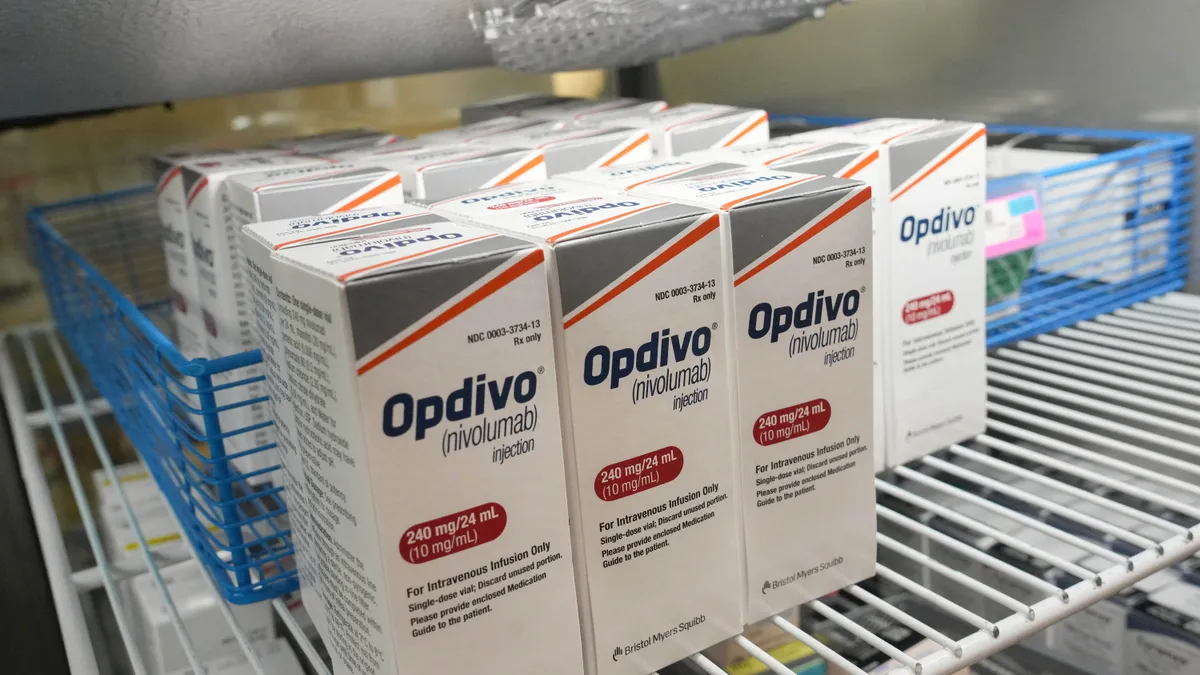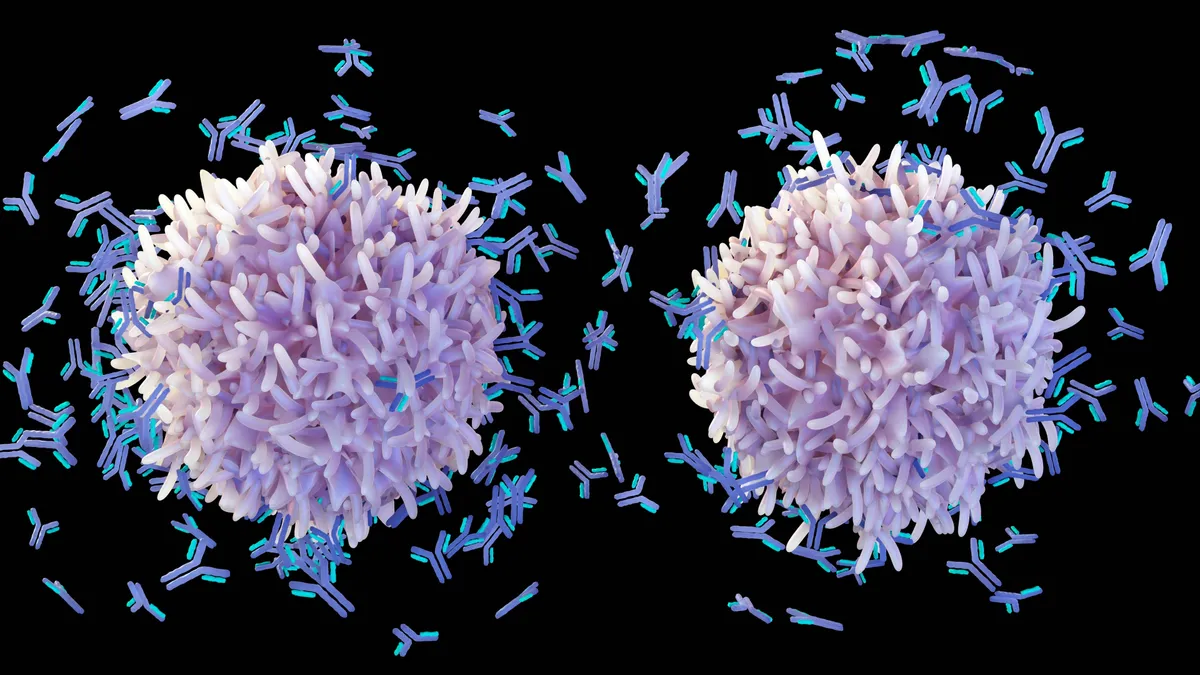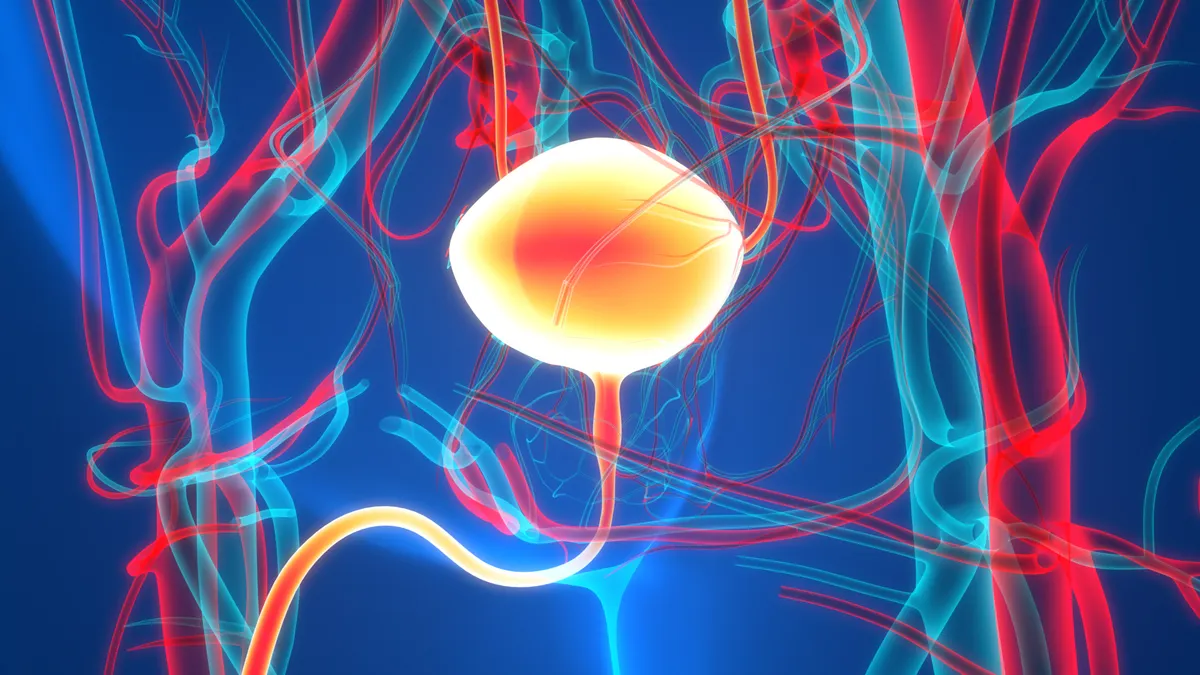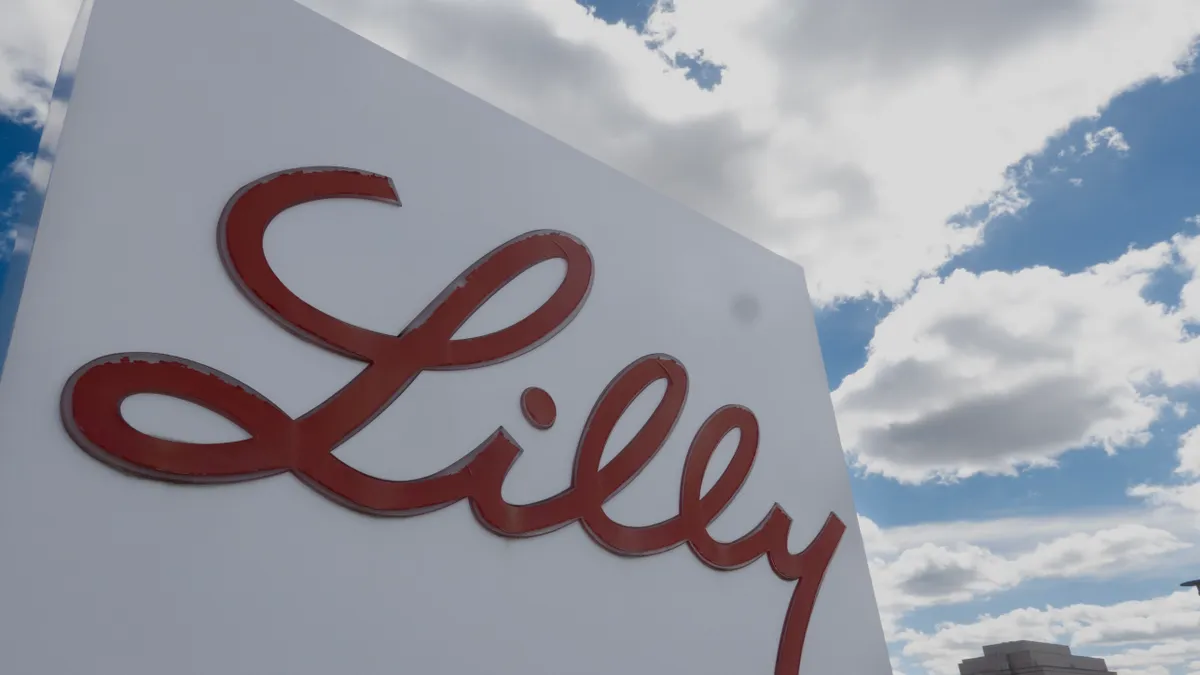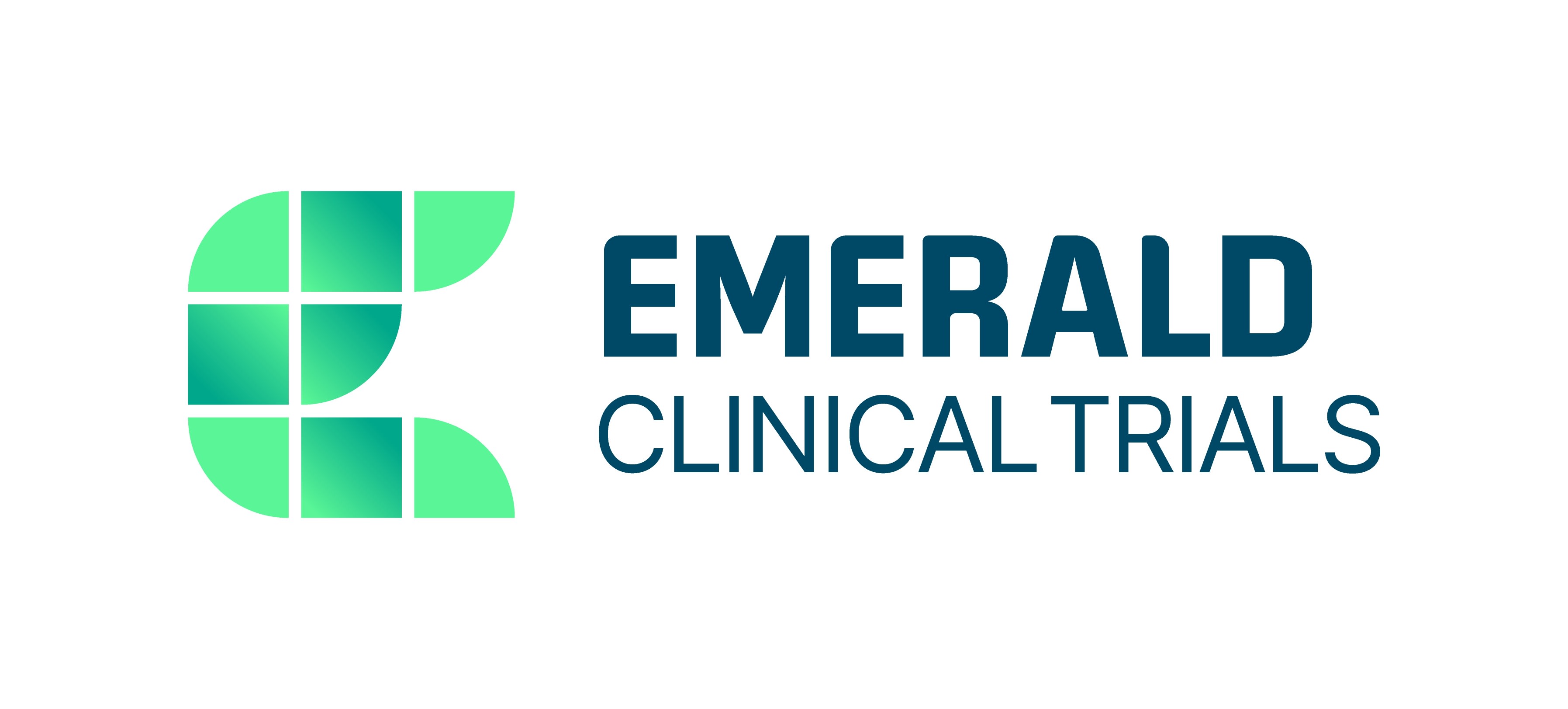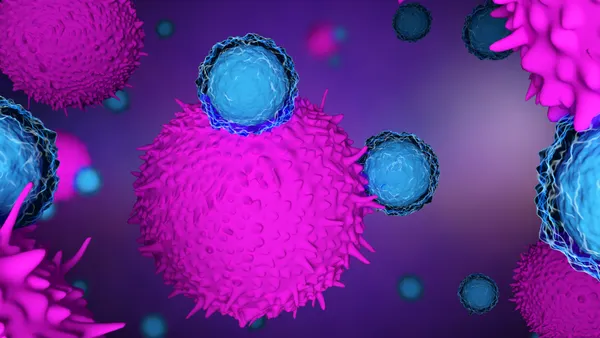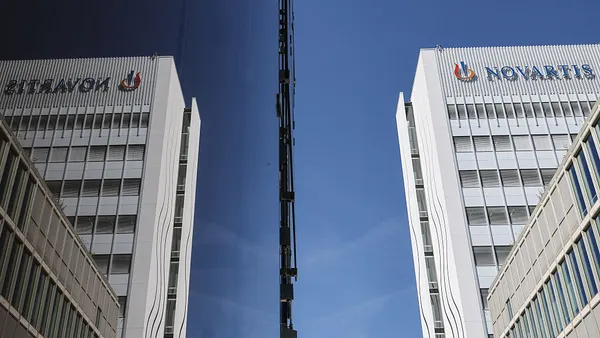On Wednesday, Novartis gave a more detailed look at long-awaited clinical data that the company believes will help secure a broad approval for a successor drug to its blockbuster gene therapy Zolgensma.
The drug, code-named OAV101, shares the same active ingredient as Zolgensma, which in 2019 gained U.S. approval for the treatment of a rare, muscle-wasting illness known as spinal muscular atrophy. Zolgensma, though, is injected into the veins, and is only cleared for use in patients under two years of age. Novartis has spent years trying to show OAV101, which is shot right into the spine, can be a safe and effective therapy for older kids.
Key to that mission is the “STEER” study, a late-stage trial of children with moderate SMA who are older than two years and have never before received certain targeted medicines like Zolgensma, Biogen’s Spinraza or Roche’s Evrysdi. The study pitted OAV101 against a sham control over a one-year period. Researchers then gauged the drug’s effects using a 66-point scale that evaluates patients’ motor function to quantify how their disease is progressing.
Novartis had already announced late last year that its drug had succeeded on the study’s main goal by substantially beating the control. Now, the company is disclosing specific data. Participants given OAV101 showed a 2.39-point improvement on that motor function scale, compared to a 0.51-point gain in the sham group. Novartis said all of the trial’s secondary goals “consistently” favored its drug, too, though they did not achieve statistical significance.
Regarding safety, the company said the overall incidence of adverse events — including those deemed serious or of “special interest” — was similar between the two arms. The most common were upper respiratory tract infection and fever. Of the serious adverse events, the most frequent were pneumonia and vomiting in the OAV101 group and pneumonia and lower respiratory tract infection for the sham group.
Many gene therapies use adeno-associated viruses — modified pathogens that act like shipping containers — to deliver their medicinal cargo to the right tissues. But these viruses have a natural attraction to the liver, where they can cause severe health problems. Liver health has therefore become a major concern and focal point for gene therapy developers. Novartis has been among them, as two fatal cases of acute liver failure were reported among patients treated with Zolgensma.
One sign the organ is under stress is increasing levels of an enzyme called transaminase. According to Novartis, its study found these increases were infrequent. Most were low-grade and transient. The company also noted that there were no cases of “Hy’s law,” a guideline drug researchers use to identify when a patient is at risk of severe liver damage.
In a statement, Novartis said the STEER results add to a “growing body of evidence” supporting OAV101. The data “reinforce our belief in this therapy, which has the potential to have a meaningful impact on a broad range of people with SMA through its continuous benefit via a one-time dose,” according to Shreeram Aradhye, the company’s chief medical officer.
Novartis intends to submit an approval application by the end of June.
In addition to STEER, the Swiss pharmaceutical giant has data from experiments dubbed “STRONG” and “STRENGTH.” The former was an earlier-stage study, while the latter was an open-label trial that enrolled 27 participants who had previously tried and discontinued treatment with Spinraza or Evrysdi.
Novartis said its drug appeared to stabilize motor function in STRENGTH. All patients in the trial experienced at least one adverse event, with the most frequent being common cold, fever and vomiting. Nearly half had an adverse event that researchers determined was related to OAV101.
Taken together, the results from STRENGTH and STEER indicate that Novartis’ drug could be a “meaningful treatment option,” said Crystal Proud, a pediatric neurologist and principal investigator at Children's Hospital of the King's Daughters in Virginia.
Novartis, too, expects the drug to be meaningful in multiple ways. The company trudged forward with therapy despite development delays in 2019 and 2020. Just a couple months ago, CEO Vas Narasimhan affirmed that the company envisions OAV101 eventually generating $3 billion in annual sales.
Narasimhan told investors that, if approval is granted, the launch should be similar to Zolgensma’s, with a fast initial ramp up that then hits a “steady state.”
“Our hope is by going to the physician and patient population, saying, ‘Look, you have a one-time gene therapy using the gold standard [scoring scale] ... with a very expected safety profile,’ that could be very compelling for a large number of patients,” he said. “That's the approach we're going to take in rolling the medicine out.”





